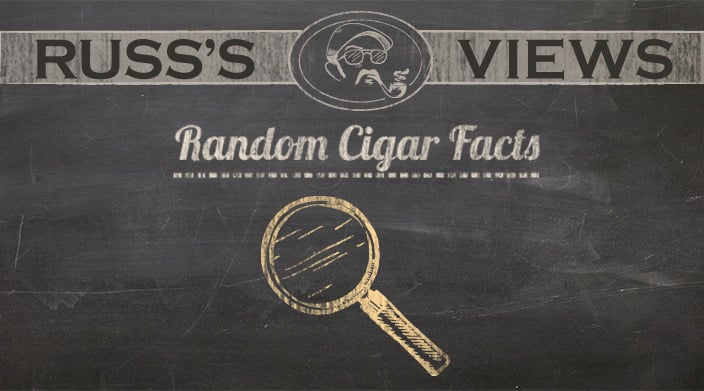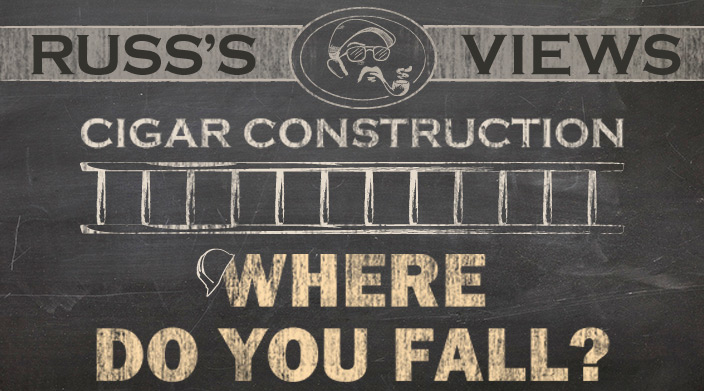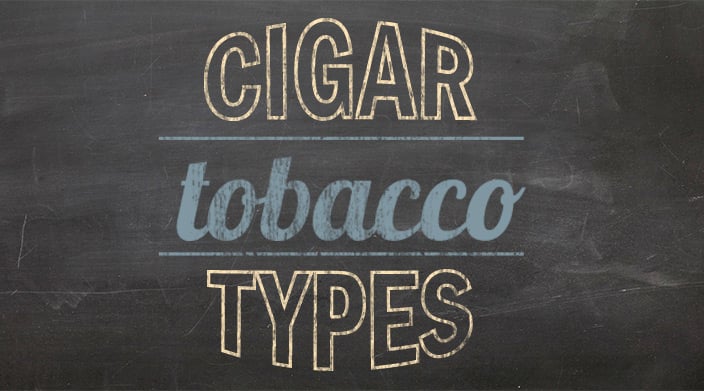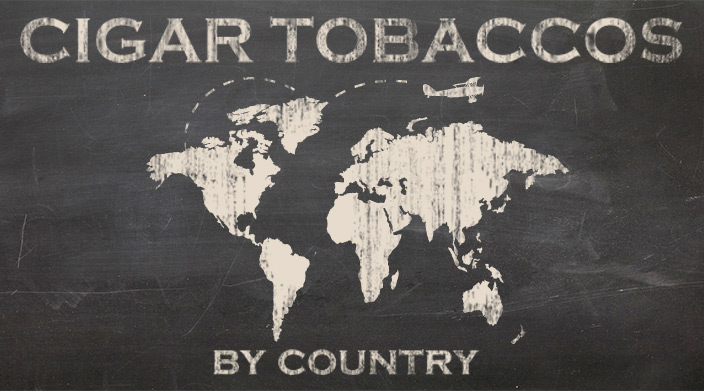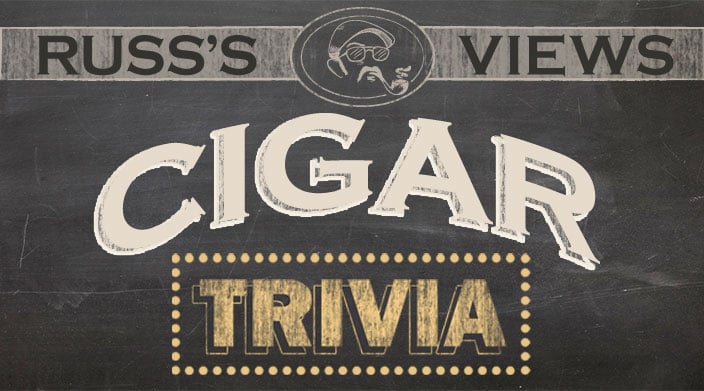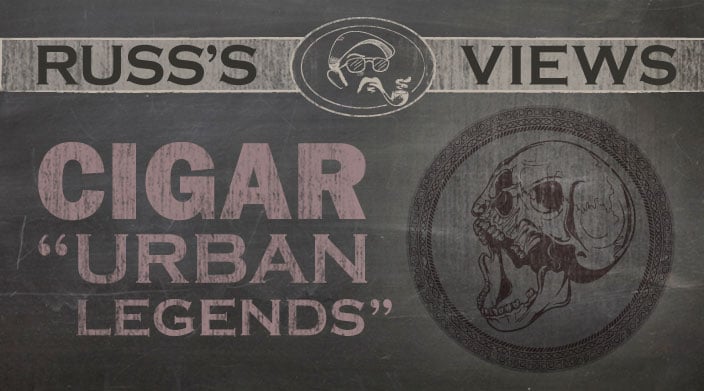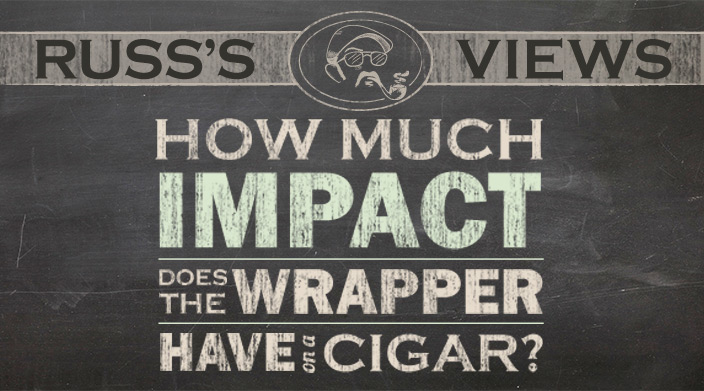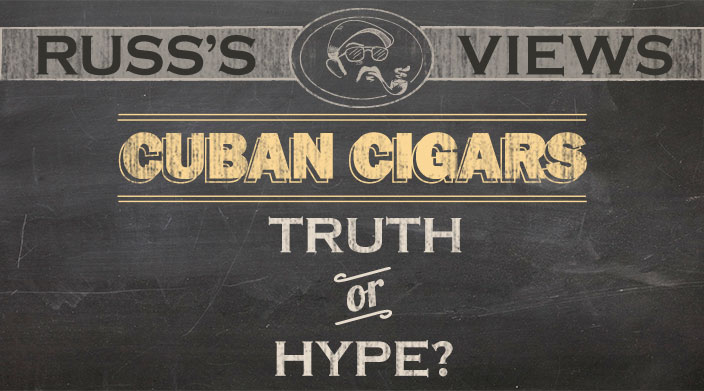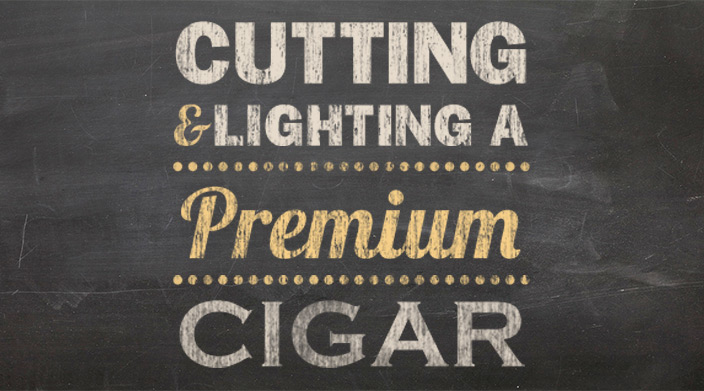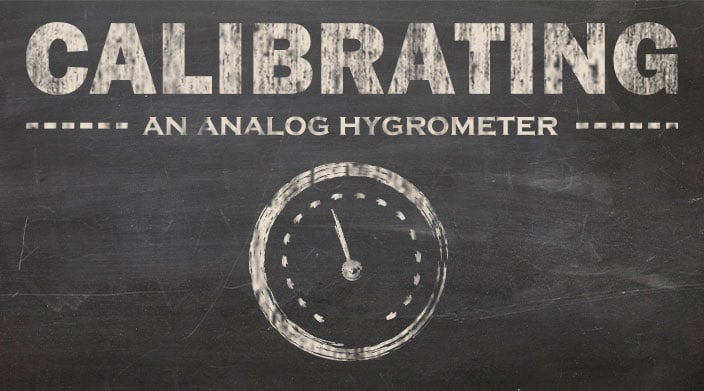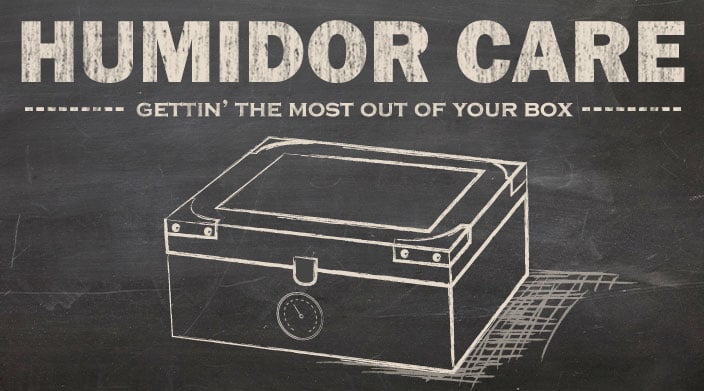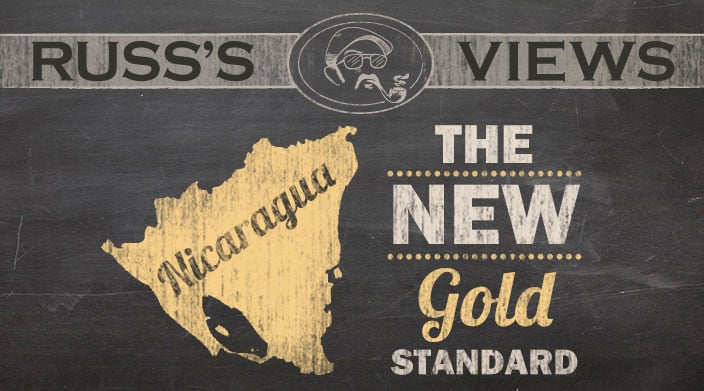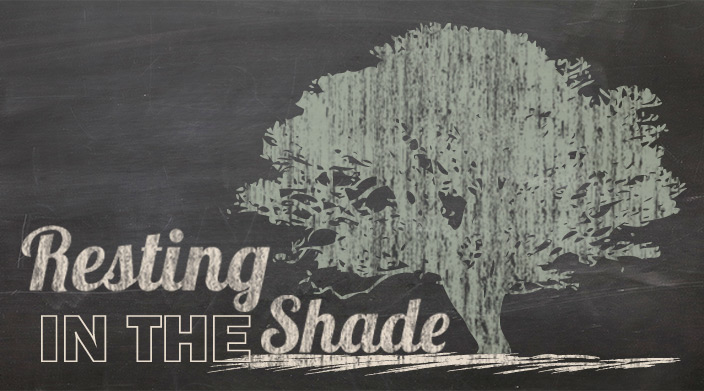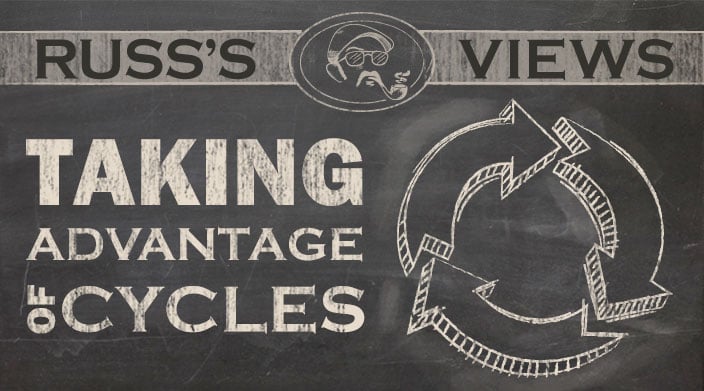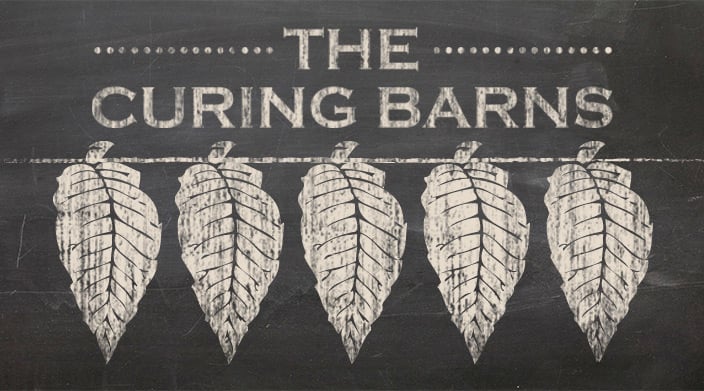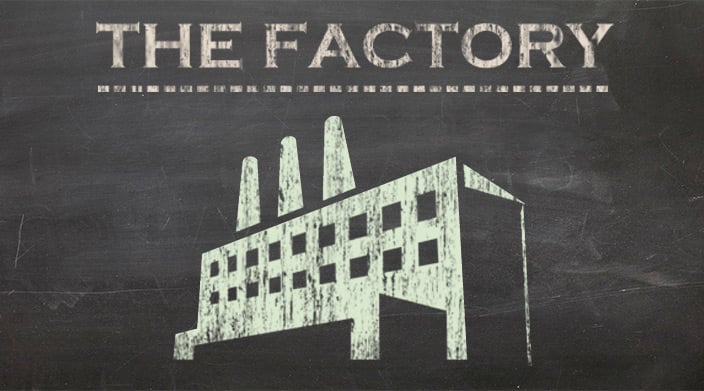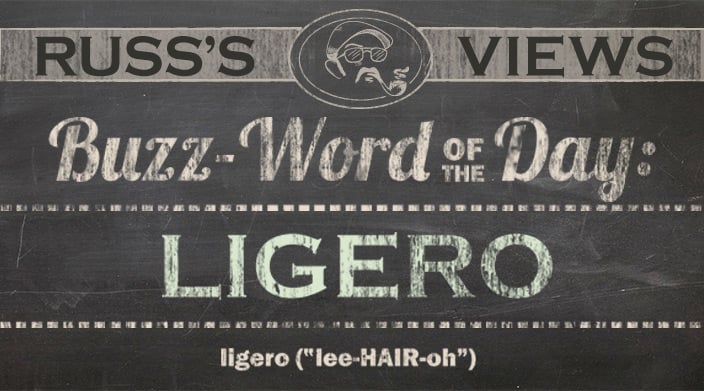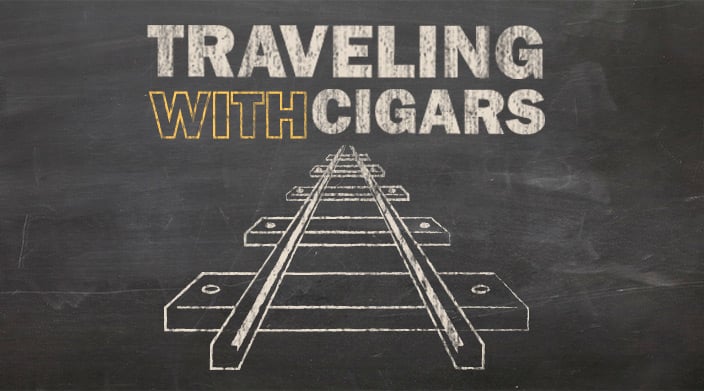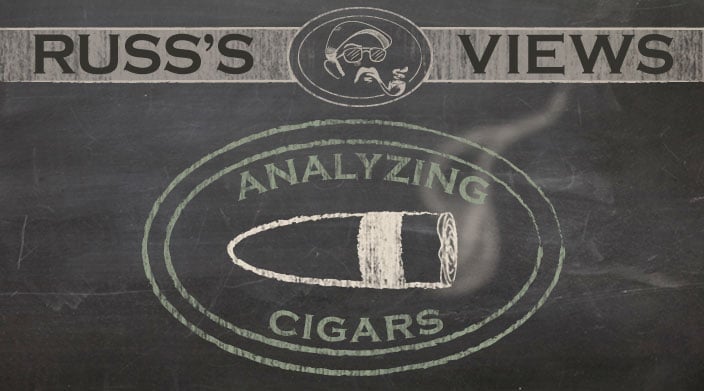I was thinking about a number of things about cigars, and a whole flood of facts popped into my head, so I figured that I would share some of them with you.
Did you ever wonder why two cigars of the same size smoke for different amounts of time? Certainly one answer is that one cigar may have more filler tobacco. Sometimes you’ll notice this when you lightly squeeze the cigar. A spongy stick indicates that there’s less filler than a comparable firm cigar. Sometimes you can only tell from the draw. But one thing that will have a big impact is the method used for bunching the filler leaves. In most cases today, the leaves are folded back upon themselves and then wrapped in the binder and put in molds. But there’s an older method that come from Cuba, called entubar. In this process, the leaves are laid in an overlap and then rolled up into a tube shape. This not only packs a little extra tobacco into the cigar, but the uniformity of the roll generally will result in a more even and slower burn.
There are a number of ways to cut a cigar, but do you know the strengths and weaknesses of each type? Well, here’s a thumbnail sketch-
Regular cut - the biggest disadvantage to the regular cut is that the cut end will absorb more saliva, so if you tend to keep the cigar in your mouth (rather than holding it in your hand while not puffing), you may want to use an alternative method.
V or Cat’s Eye cut - this is a v-shaped cut that appears as a notch in the head. The two issues here are: 1) the head can collapse shut if you put pressure on the cap, and; 2) larger ring gauge cigars can burn hotter with the narrower cut.
Punch - this uses a cylindrical blade to cut a circle out of the cap. The 2 problems here are: 1) the cigar can get very hot in the last third, and; 2) if the cigar is even slightly dry, a punch can shatter the cap and the cigar can unravel.
Pierce - putting a very small hole in the cap by using a dedicated piercing tool, a matchstick, or a golf tee. This is the most problematic of all cuts since the hole will build up tars on the perimeter and will become foul to the taste, the hole can easily collapse and block the airflow, and the stick will burn pretty hot in the last half of the smoke. If a cigar feels a little dry after cutting, just try blowing through the cut cap end. This will push enough moisture into the filler to keep it from burning too fast or unevenly. One little “trick” that I’ve heard of that is not a good idea is to wet down the wrapper prior to smoking. We had one customer who did this constantly because he was told by someone that it would help the cigar burn more evenly. This technique was the result of many shops keeping their premium cigars in less than ideal humidity. Licking the wrapper, in this case, kept the leaf from splitting, but if the cigar is properly hydrated, the wrapper will wrinkle and pucker, causing the opposite effect- a rough and uneven burn. Besides that, it’s kind of gross.
Did you know that one of the reasons that the perfecto shape exists (tapered at both ends) is to allow for one-handed lighting? When sparking up a cigar with a normal cut foot, it’s generally recommended to toast the foot before lighting, and to rotate the cigar while puffing to get an even light. Doing those things makes it a two-handed operation, but many times there’s only one hand available. With the point at the foot end, it only takes a very small spot of flame to get the whole cigar going.
It’s not a great idea to use the “pull and push” method of keeping your cigar lit. You know what I mean- your cigar is starting to go out and you draw and then push the smoke back through the stogie to try to get a decent amount of smoke going. The problem is that the moisture from your breath can not only make the cigar too moist (which can lead to burning problems), but it can also wind up smelling pretty bad.
When using a traditional guillotine cutter to prep a cigar, the idea is just to shave a small amount of the cap off. If most or all of the cap is trimmed, the stick can easily unravel. Until you’ve got the technique mastered, there’s a fairly simple method to get a good, clean cut without removing too much of the head. Open your cutter and lay it flat on a tabletop. Stand the cigar up in the opening without pressing down on the head very much. Now just snap the cutter shut, and it should leave about half of the cap intact, which will help the integrity of the cigar.
This next item is true of both cigar and pipe smoking, and is one of the most common problem areas for both types of smokers. SLOW DOWN! Most of us would love a big cloud of smoke with every draw, so we puff in and out, frequently and furiously, trying to stoke the fire. The problem is that when tobacco burns hot, the flavor suffers badly. I know that I get a chemical taste from a cigar if I get it burning too hot. Fortunately, if you allow the cigar to cool down on its own, the flavor will return to normal.
And my last note- if your cigar starts to burn unevenly, you might be able to get it straightened out just by rotating the cigar, but the method seems counterintuitive. If you have a stogie that’s burning crooked, turn the cigar so the side that’s burning fastest is on top. It would make sense to turn the unburned end to the top since heat rises, right? Regardless of the seeming logic, doing so will achieve the opposite effect.
I’m sure that more thoughts will come along as soon as I’m done, but in the meantime, have fun!




